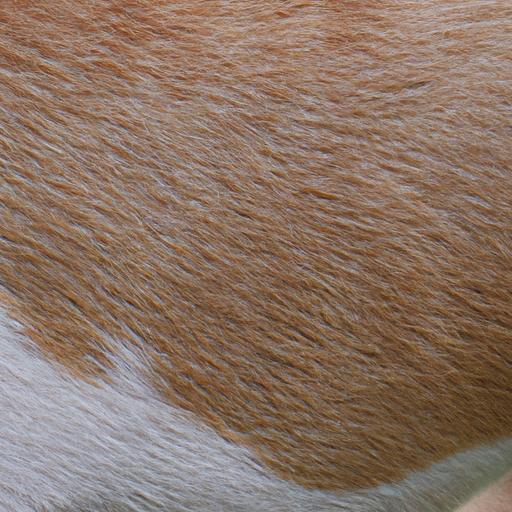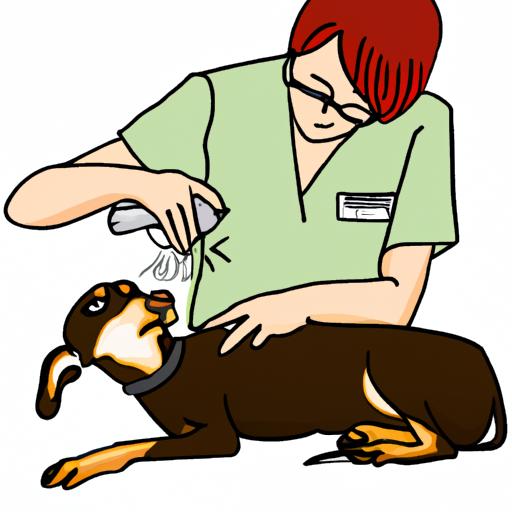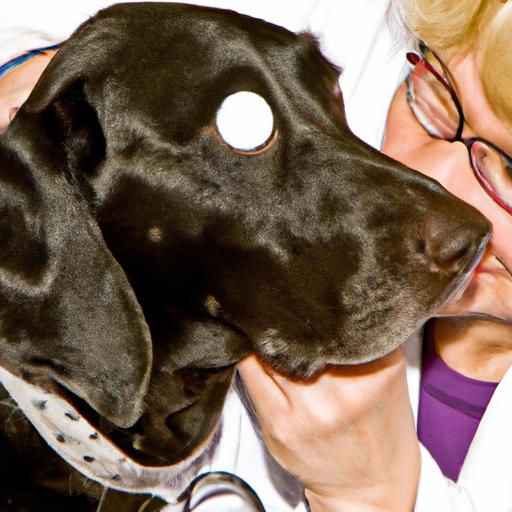
Understanding Common Dog Skin Conditions
Discover the causes, symptoms, and treatments for Understanding Common Dog Skin Conditions. Keep your furry friend’s skin healthy and happy!
Introduction
As dog owners, we want nothing but the best for our furry friends. Ensuring their overall well-being includes paying close attention to their skin health. Just like humans, dogs can experience various skin conditions that can cause discomfort and affect their quality of life. In this article, we will delve into common dog skin conditions, understanding their causes, symptoms, and the importance of proper identification and treatment.

Understanding Common Dog Skin Conditions
To effectively address dog skin conditions, it is crucial to have a clear understanding of what they are and how they manifest. Let’s explore the most prevalent types of dog skin conditions and their characteristics:
Allergies
Allergies in dogs can be triggered by various factors such as environmental allergens (pollen, dust mites), food ingredients, or even certain grooming products. Symptoms of allergies may include excessive itching, redness, rashes, and hair loss. Identifying the allergen and implementing proper management strategies can greatly alleviate your dog’s discomfort.
Parasitic Infestations
Parasites like fleas, ticks, and mites can wreak havoc on your dog’s skin. These tiny creatures can cause intense itching, irritation, and even transmit diseases. Regular preventive measures and prompt treatment are essential to keep parasites at bay.
Bacterial or Fungal Infections
Bacterial or fungal infections can occur when there is a disruption in the balance of the skin’s natural flora. Common signs include redness, inflammation, sores, and a foul odor. Identifying the specific bacteria or fungus involved is crucial to determine the most effective treatment approach.
Dermatitis
Dermatitis refers to inflammation of the skin, which can be caused by various factors such as contact with irritants, allergens, or even certain fabrics. Symptoms may include redness, swelling, itching, and the formation of blisters or crusts. Proper identification of the underlying cause is vital to prevent recurrent episodes.
Hot Spots
Hot spots, also known as acute moist dermatitis, are localized areas of inflamed and infected skin. They often result from excessive licking, scratching, or chewing due to allergies, parasites, or irritants. Prompt treatment and identifying the root cause are necessary to prevent the condition from worsening.
Dry Skin or Dandruff
Just like humans, dogs can also experience dry skin and dandruff. This can be caused by factors such as weather changes, poor nutrition, or underlying health issues. Dry skin may appear flaky, itchy, and can lead to discomfort. Identifying the cause and providing appropriate moisturization is vital to restore your dog’s skin health.
FAQ (Frequently Asked Questions)
What are the most common dog skin conditions?
The most common dog skin conditions include allergies, parasitic infestations, bacterial or fungal infections, dermatitis, hot spots, and dry skin or dandruff. Each condition has its own causes, symptoms, and treatment approaches.
How can dog skin conditions be prevented?
Preventing dog skin conditions involves various measures such as regular grooming, maintaining proper hygiene, using appropriate grooming products, implementing flea and tick prevention, providing a balanced diet, and identifying and avoiding potential allergens.
Can dog skin conditions be contagious?
Some dog skin conditions, such as certain fungal or bacterial infections, can be contagious. It is essential to isolate affected dogs and practice proper hygiene to prevent the spread of these conditions.
When should I consult a veterinarian for my dog’s skin condition?
If your dog is experiencing persistent or worsening skin issues, it is advisable to consult a veterinarian. A professional diagnosis will help identify the specific condition and determine the most appropriate treatment plan.
Are there any home remedies for dog skin conditions?
While there are some home remedies that may provide temporary relief for minor skin conditions, it is crucial to consult a veterinarian for a proper diagnosis and treatment plan. Home remedies should only be used under professional guidance to avoid exacerbating the condition.
How long does it take for dog skin conditions to heal?
The healing time for dog skin conditions varies depending on the specific condition, its severity, and the effectiveness of the treatment. Some conditions may resolve within a few weeks, while others may require long-term management. Regular follow-ups with your veterinarian are essential to monitor progress.
Conclusion
Understanding common dog skin conditions is crucial for maintaining your furry friend’s overall health and well-being. By being aware of the causes, symptoms, and appropriate treatments, you can provide timely relief and prevent these conditions from worsening. Remember, early detection and proper veterinary care are key to ensuring your dog’s skin stays healthy and happy. So, be attentive, seek professional advice when needed, and prioritize your dog’s skin health for a lifetime of wagging tails and joyful moments.






























